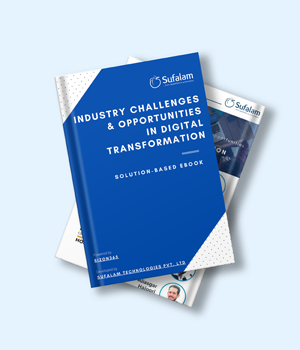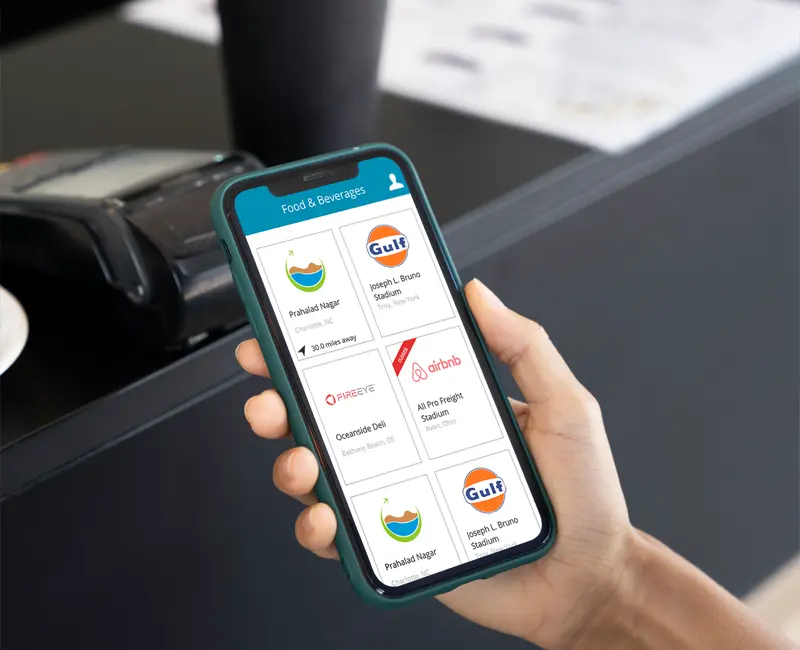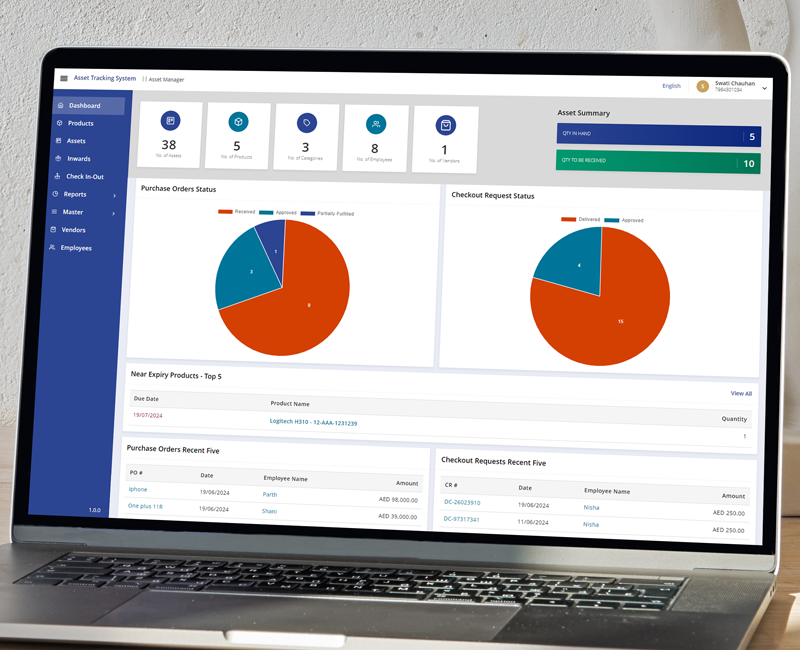
Scalability is among the most important requirements for a web application’s accomplishment.
So you’ve had a brilliant idea. And you’ve decided to build a web app. You’re also getting good comments from your early adopters. Now that the app has been developed, it is time to release it.
Everything works perfectly for the first few weeks. Your audience adores your app, and your customer base is rapidly expanding.
But then something strange begins to happen. User loyalty begins to dwindle. Your app is being uninstalled by users. You’re still expanding quickly, but your churn rate is rising! What’s the problem?
You examine your analytics report and notice that page loading speeds are lengthy. Requests are running out of time.
The app keeps crashing and the database is not being able to cope up!
But what went wrong? Your app just couldn’t scale!
This is where the problem of Scalability comes in. The developers and business owners often the scalability while launching the app and when the app begins to scale, the problems of decreased user experience, expensive maintenance costs, and other things begin to rise.
So before we find out how to build applications more scalable, let us understand little something about scalability.
What is Scalability?
In layman’s terms, scalability means providing an excellent user experience regardless of the number of users while remaining cost-effective. The capability of a system, connection, or procedure to cope with an increase in the workload when adding resources is defined as web app scalability.
Scalability can be measured by comparing the upsurge in application performance to the increased amount of resources used. Scalability also refers to the ability to add additional resources while maintaining the configuration of the central node.
In a framework with poor scalability, introducing resources results in only a slight performance improvement, and after a certain limit, increasing the resources has no effect at all. This issue becomes particularly critical when considering the development of progressive web apps which rely heavily on scalability for optimal performance and user experience.
What happens when your web app is not scalable?
Regardless of how many individuals are attempting to access your web app at once, the customer expects a lightning fast loading speed, high availability around-the-clock, and minimal interruptions to their experience. Individuals will undoubtedly switch to more scalable apps with better user experiences if your app cannot manage the increase in users and workload.
Software’s ability to scale is crucial for the following reasons:
- It affects a company’s capacity to meet the demands of a dynamic network infrastructure.
- It may result in service interruptions that turn away clients. Scalability is therefore essential to keep them satisfied.
- If there is less demand, you can downscale your network to save money on IT expenses.
- Companies frequently place a greater emphasis on features than scalability.
The longevity of any web application depends on its ability to scale. It can be prioritized from the beginning, which results in lower maintenance costs, improved user experience, and increased agility.
Node.js for web application plays a significant role in achieving scalability by facilitating efficient handling of concurrent connections and asynchronous I/O operations, thus ensuring smooth performance even under heavy loads

Problems with Web Application Scaling
As a web app expands, businesses frequently experience a variety of scalability problems. The scalability of a web app, however, has implications for the overall system architecture, which app developers must be aware of. Planning and building scalable web apps can be crucial for business expansion.
- Poor Memory Management
- Fewer physical resources.
- Poor database query execution
- The database engine is slow
- Faulty indexing
- Server configuration issue
- Numerous app server restrictions
- Inadequate caching
- Lack of monitoring equipment
- External reliance
Step by step to build a scalable web application – Check it out!
Keep in mind your pre-requisites
The prerequisites, resources, and preferences of your project will determine how you will confront scalability.
Even though you have the ability to make every component of an application hyper scalable, this does not mean you should. It will be very expensive, not to mention the time and effort you will need to devote to putting your plan into action.
CASE STUDY: Building exclusive eCommerce Portal for Selling School Bags for Girls
Instead, it makes complete sense to first identify the components of your application that will be under the most stress and those that have the most room for expansion. Then you can choose how to allocate resources more effectively.
For instance, if you’re considering how to build an application that can scale to serve millions of people each month, start by determining the services and features that would be utilized most often.
So, as per your business requirements, decide the things that you need to plan in advance for increased scalability.
Monitor the performance measures correctly!
Let’s say you now need to scale your web application. You must choose the scalability problems on which you should concentrate. These four scalability performance measures can be used to accomplish this:
- Memory utilization – It is the quantity of RAM used by a specific system during a specific period of time.
- CPU usage: If your app is using a lot of CPU, it probably has performance problems. The majority of app monitoring software can measure this crucial metric.
- Input/output over a network – It speaks of the time used for data transmission between tracked processes. Check the situations that take up the most time.
- Input/output for disks – It describes every action carried out on a physical disk.
Understanding the pros and cons of Node.js web app development is essential for making informed decisions about scalability measures.
Adopt the standard practices & tools.
The scalability of your web application depends on the use of contemporary agile methodologies, strategies, and tools.
Some methodologies, like caching and load balancing for quick response, indexing, replication, and mirroring to support concurrency, reduce the burden on the directory and improve overall backend effectiveness.
Others concentrate on enhancing frontend performance by enhancing the speed and responsiveness of client applications, including such CDN and contemporary JavaScript library resources and structures.
Additionally, there is a whole classification of DevOps tools and practices that improves the effectiveness of the web application development processes and contributes to the delivery of a system that is more stable and trustworthy.
Numerous other techniques are frequently used in microservices-based application development and are regarded as the best techniques for scaling your web app.
Increase your dependencies
In order to better understand single points of failure, let us first respond to the question: Would the failure of a single server, database, or infrastructure layer crash your application code?
What would occur if the server that hosts your database or backend code crashed? Is your app still going to be accessible? If not, that is your only possible failure point.
How then do you prevent this? Simple. Ensure that everything is replicated, and run your database across multiple servers. Use load balancers to distribute your backend code across several servers.
Additionally, having multiple dependencies allows your app to continue operating even if one component fails, allowing your users to continue using the website and have a seamless user experience.
Laravel web applications are known for their dependency management capabilities, enabling developers to easily integrate third-party packages and libraries to enhance functionality and resilience.
Go stateless
Unless there is a compelling reason to maintain state or store sessions, it is best to create stateless web applications. This means that every request needs to be handled as a separate transaction.
This data is transmitted in such a way that each packet of details can be understood independently, without requiring prior packets in the session to provide context. Stateless guidelines improve performance by reducing server load brought on by the storage of session data, which makes them ideal for high-volume apps.
Your web application’s client/server interaction model has been made simpler by statelessness. The web apps scale out the server implementation in this case because there is no need to adjust the pool of sessions frequently across the application servers. Clients frequently demand anything from the server without realizing the server’s condition.
Choose the right architecture
The architecture pattern you choose will depend on the particular needs of your app. Here is a list of the architectures that are most frequently used:
Layered construction
As the title implies, this architecture has several layers with a database as the base. Data typically flows from top to bottom, with each layer having a specific task. This architecture is commonly used in React js and Node js applications for managing the frontend and backend.
Choosing this architecture will help you develop:
- If you need new apps in a short period of time
- Applications that need strict maintenance and testing guidelines
- If your company uses conventional IT procedures
Event-driven architecture
A central component and modules that interact with information that is unique to them make up this architecture. The central unit transfers the data to the specific module when an event prompts it.
The event-driven architecture is best suited for:
- Creating asynchronous systems
- User Interfaces
Microkernel architecture
A core system and add-on modules that provide additional features and specialized preparation to improve the basic functionalities make up this type of system.
The most appropriate use of microkernel architecture is:
- Applications with a large target market
Microservices is a style of architecture that organizes an application as a group of highly maintainable and testable services. Huge, complex applications can be delivered quickly, frequently, and reliably thanks to the microservice architecture.
The best architecture for microservices is:
- When various tasks can be carried out independently without interfering with one another
- For websites with simple components
- For applications that are expanding quickly
In Conclusion
So, here is a summary of everything you need to know about building scalable web applications. We updated the blog with all the relevant information.
Scalability is a crucial element of an effective application. If you intend to grow your company and expand the system in the near future, you must plan for scaling ahead of time.
Since crashes and even slow loading times make users unhappy and damage your app’s reputation. It will eventually have an impact on your revenue as well.
It takes time, a lot of practice, and money to learn how to build scalable web applications. Sufalam Technologies is available to help businesses that are struggling to complete a task in the best way possible.














